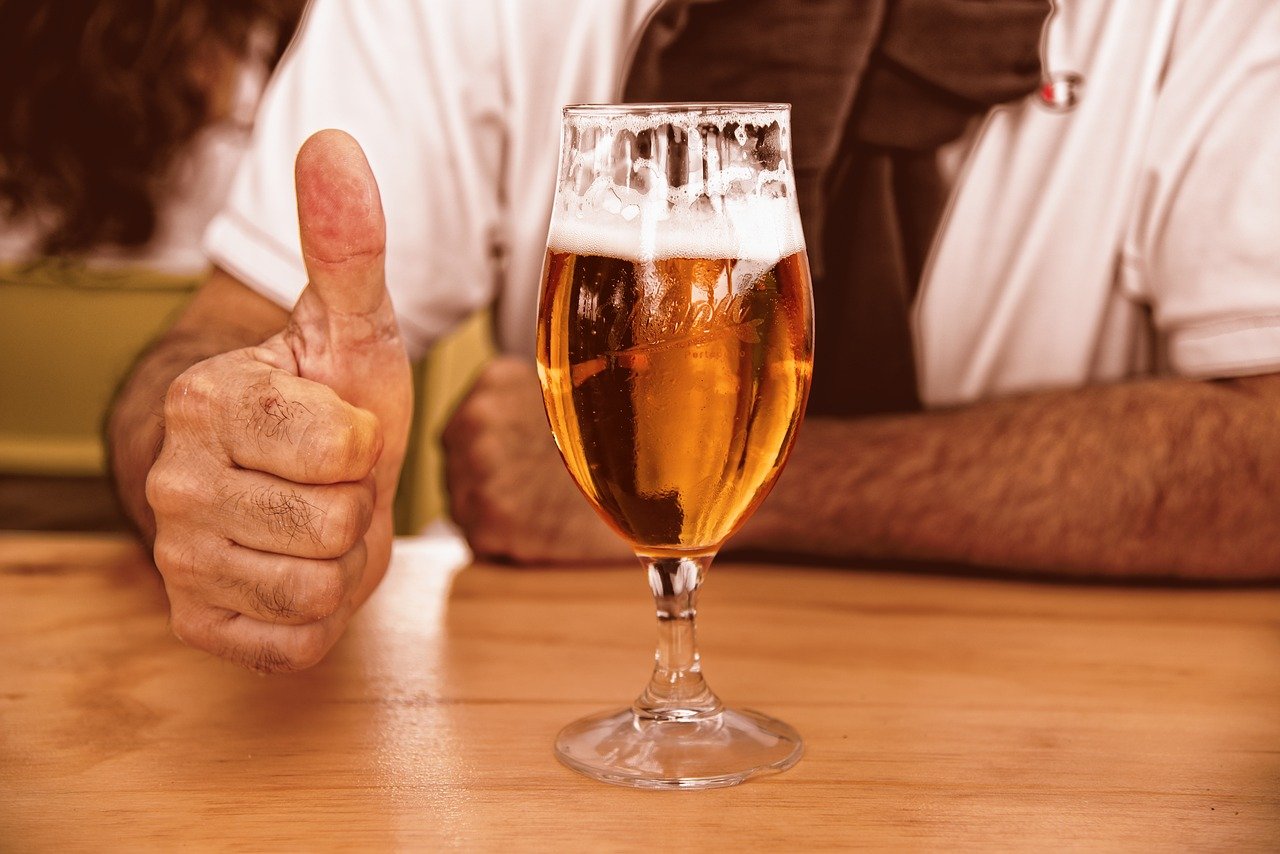With pubs in the UK finally open to the outdoor service, many people have already flown there for a pint of beer – or for some of it. But how is this experience compared to drinking at home? There are a number of environmental and behavioral variables in the game, including what, where and how people drink, and even if they eat – or not.
The differences between drinking at home and drinking at the pub
Drinking 440 ml cans or 330ml beer bottles are obviously less than a 568 ml pint of beer. Moreover, people usually don’t have in their houses a Jagery or Sambuca, which are used in pubs to create those completely unnecessary shots.
Furthermore, drinking at home seems to be influenced differently than drinking in a bar. This is due to the rate people drink their beers. In pubs, some people drink faster, especially if there are rounds with which they have to keep up.
It can also have something to do with an “alien environment”.
If you are drunk in a foreign place, you usually feel even more drunk. This happens because you are not used to that stimuli. People accustomed their brains to a certain environment (like their houses) and they build a tolerance to it.
This also means that if you drink continuously at the same bar, you will also get a tolerance in that environment. But, as soon as you change the pub, you have to start over, and you get drunk more easily.
Moreover, things like food and water (or other soft drinks) can affect the alcohol absorption rates. If you are at home, you can always get something to eat while you are drinking. Whereas things are different in a pub, where people drinks lot of alcohol without eating anything.
Lastly: state of mind. You’ll technically be the same amount of drunk, but you’ll feel more drunk if you’re surrounded by drunk friends that help you accepting your own “drunkness”.





